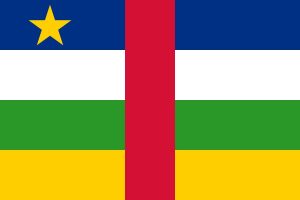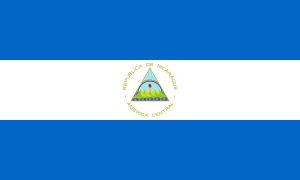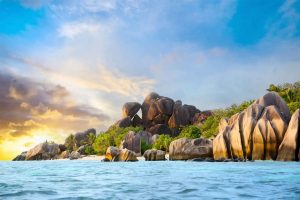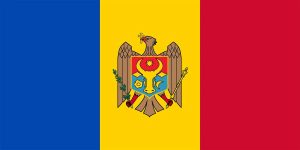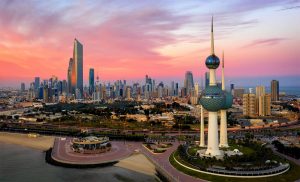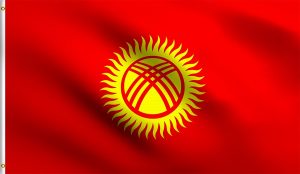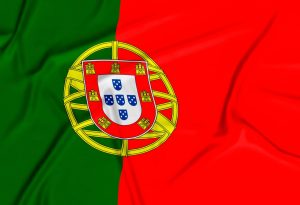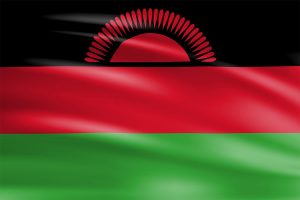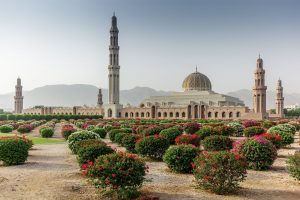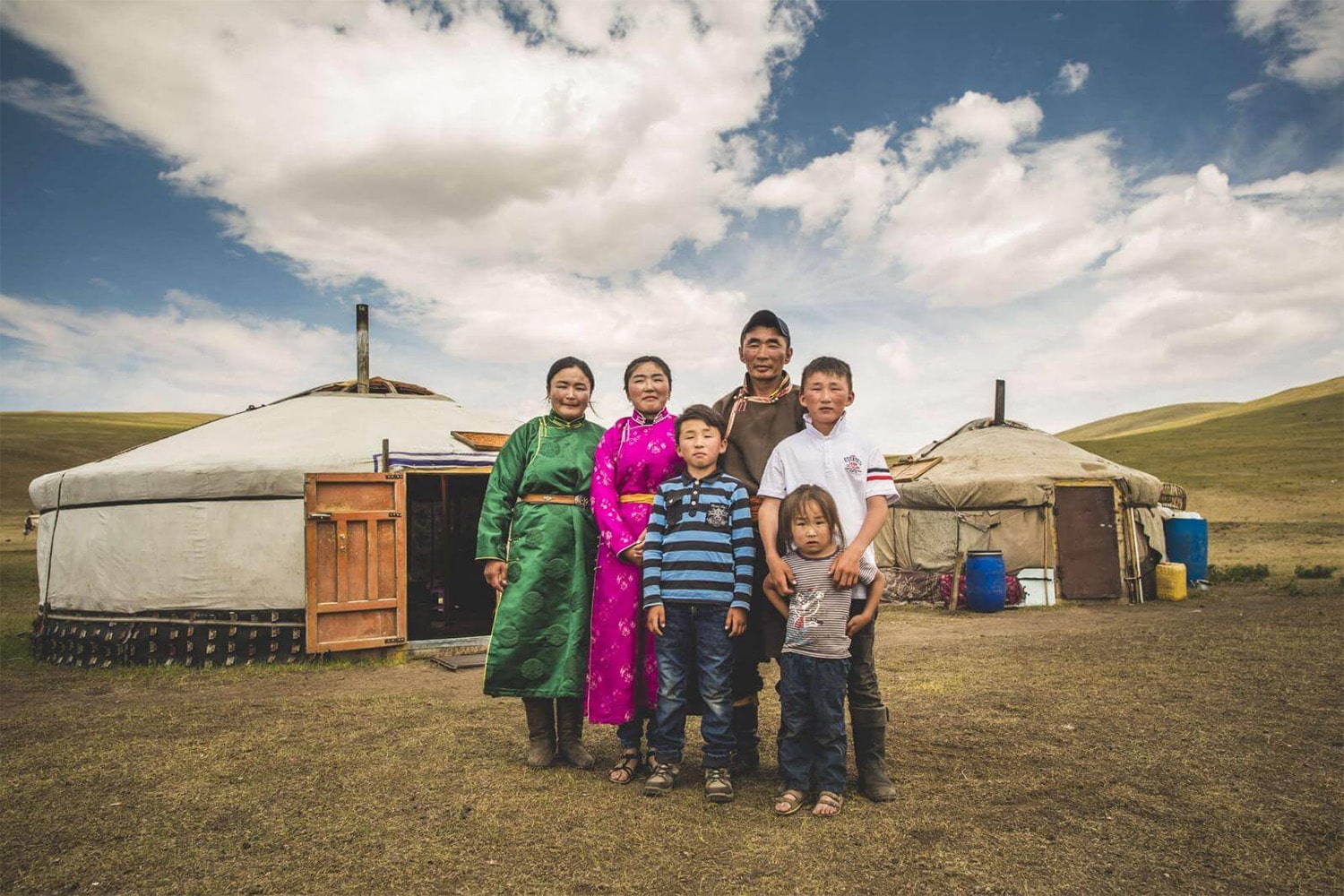
32 interesting facts about Mongolia
- 👁️ 2411
Mongolia, a nation famed for its vast and rugged expanses, stands as a testament to the enduring spirit of its nomadic culture and storied historical figures such as Genghis Khan. Nestled between Russia and China, this landlocked country offers a fascinating blend of ancient traditions and rapid modernization, with its sprawling steppes and nomadic way of life increasingly juxtaposed against the growing urban sprawl of Ulaanbaatar. Mongolia’s unique cultural heritage, coupled with its dramatic landscapes, makes it a compelling subject for exploration.
- Mongolia is the world’s second-largest landlocked country, after Kazakhstan.
- The Mongolian Empire, founded by Genghis Khan in the 13th century, was the largest contiguous land empire in history.
- Ulaanbaatar, the capital and largest city, is home to about half of the country’s population.
- Mongolia’s population is one of the most sparsely distributed in the world, with only around 2 people per square kilometer.
- The traditional Mongolian dwelling is called a ger, known globally as a yurt.
- Over 30% of Mongolians are nomadic or semi-nomadic.
- The Gobi Desert, one of the world’s largest deserts, covers southern Mongolia.
- Mongolian cuisine is heavily influenced by its nomadic heritage, featuring primarily meat and dairy products.
- Naadam is a traditional festival in Mongolia that includes sports such as wrestling, horse racing, and archery.
- Mongolia is known for its harsh winters, with temperatures dropping as low as minus 40 degrees Celsius.
- The two-humped Bactrian camel is native to Mongolia.
- The Mongolian language is the official and most widely spoken language of the country.
- Mongolia declared its independence from China in 1921 with Soviet backing.
- The traditional Mongolian script was used until the 20th century when it was replaced by the Cyrillic alphabet, although efforts are ongoing to revive the old script.
- Eagle hunting, a traditional form of falconry found in the Kazakh community, is still practiced today.
- The takhi, also known as Przewalski’s horse, the world’s only true wild horse species, can be found in Mongolia.
- Mongolia is rich in natural resources, including coal, copper, tin, gold, and uranium.
- The country adopted Buddhism from Tibet in the 16th century, which is still the dominant religion.
- Mongolia has one of the fastest-growing economies in the world, largely due to its extensive mineral resources.
- The vast and open landscape of Mongolia allows for spectacular stargazing opportunities, with very little light pollution.
- Mongolia’s legal system is a mixture of civil law and customary law.
- The Tsagaan Sar is the Mongolian lunar new year celebration, marking the end of winter and the beginning of spring.
- Wrestling is considered the national sport of Mongolia.
- The country has significant untapped renewable energy potential, particularly in wind and solar power.
- The Altai Mountains in western Mongolia are a popular destination for trekking and mountaineering.
- Mongolia has several national parks and conservation areas, including the Gorkhi-Terelj National Park near Ulaanbaatar.
- The traditional Mongolian diet is largely influenced by the extreme continental climate, emphasizing high fat and protein intake.
- The Mongolian Stock Exchange, established in 1991, is one of the world’s smallest by market capitalization.
- Cashmere is one of Mongolia’s most famous exports, sourced from its large herds of cashmere goats.
- The vast steppe and its harsh climate have shaped Mongolian culture and the nomadic lifestyle that persists today.
- Mongolia is home to many ancient archaeological sites, including the famed burial sites of the Mongol khans.
- The annual Golden Eagle Festival celebrates the traditional art of eagle hunting, attracting tourists and photographers from around the world.
Mongolia’s compelling blend of historical grandeur and contemporary growth presents a unique cultural tapestry. Its vast landscapes and traditional lifestyles continue to captivate and intrigue visitors, offering a glimpse into a life that has remained largely unchanged over centuries. As Mongolia navigates its path between its nomadic heritage and modern economic developments, it remains a profound example of adaptation and resilience. The ongoing conservation efforts and cultural preservation are crucial for maintaining the natural beauty and heritage of this unique country, ensuring that it continues to inspire and educate future generations.
